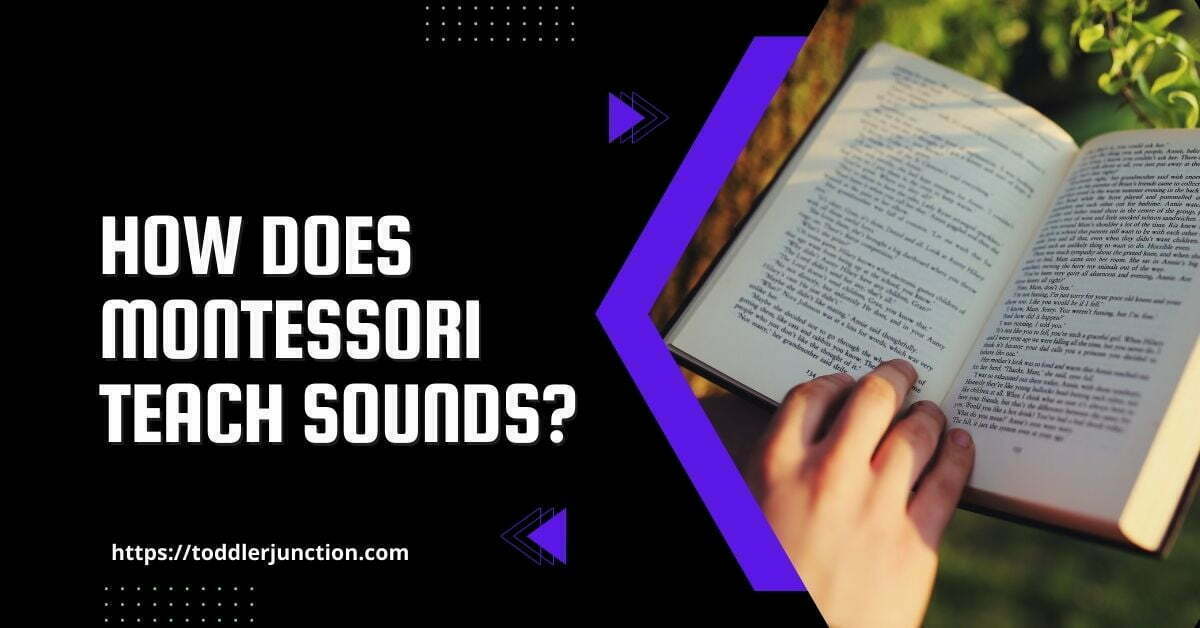The Montessori method of teaching reading and phonetic sounds is an effective and efficient way to foster literacy in early childhood.
Not only does this method help students learn how to read, and it provides them with the foundational language skills they need to succeed in school and beyond.
By teaching students to recognize and associate sounds with objects and words, the Montessori system helps them build a strong base in language.
This blog post aims to explore how Montessori teachers teach phonetic sounds to their students.
We’ll look at the Montessori approach to teaching phonetic sounds and discuss how it differs from traditional methods.
Additionally, we’ll discuss the importance of phonetic sounds in language development and consider the benefits of a Montessori approach to teaching them.
Finally, we’ll discuss how the Montessori method can be adapted to fit the needs of individual students.
By the end of this blog post, readers should have a better understanding of how Montessori teachers.
Introduction of letter sounds using sandpaper letters
The Montessori method of teaching letter sounds begins with the introduction of sandpaper letters. Children become familiar with each letter’s shape, sound, and name through tactile exploration.
Children practice tracing the letters with their fingers as they say the sound each letter makes. The sandpaper letters provide a physical connection to the sound and shape of each letter, which helps children remember them.
Furthermore, children can trace the letters forward and backward, which builds the concept of reversibility and further reinforces letter recognition.
Teaching letter sounds through movement and storytelling
Montessori teaching techniques are based on the belief that children learn best when exploring and interacting with their environment. One of the techniques used to teach sounds is through movement and storytelling.
Through this method, teachers will introduce stories incorporating the sounds of the letters, such as telling stories about animals that start with specific letter sounds.
Movements can be used to demonstrate the letter sound; for example, forming one’s mouth into the shape of the letter to help demonstrate the sound. This method helps to engage children and make learning fun.
Matching objects that begin with specific letter sounds
One way that Montessori teachers teach sounds is through matching objects that begin with specific letter sounds.
In this activity, the teacher will describe things that start with a different letter, such as an apple, a balloon, and a car.
The students will then be asked to pick up the objects and match them to the correct letter on a chart. This helps the students learn each letter’s sound and how to recognize the letters.
It also reinforces the concept of letter-sound relationships. This activity can be adapted to fit any age level and can be done in small groups or individually.

Phonetic blending of letters to form words
In the Montessori approach, the phonetic blending of letters to form words is a crucial component of teaching sounds.
This technique involves combining the separate sounds of a word and blending them to form the whole word. For example, the word “cat” comprises three different sounds (c-a-t).
The teacher will then have the student practice blending the individual sounds until the student can confidently form the entire word.
This method is especially beneficial for children who are struggling with phonemic awareness.
By breaking down words into individual phonemes, children can better understand the components of a word and how to use them to create a whole word.
Reading stories aloud to practice sound recognition
Reading stories aloud is a great way to help children learn sound recognition. Reading stories that include words that begin with the same sound can help them become more familiar with the sound.
You can use simple picture books to start or use stories with more complex language as they get more advanced. Have them repeat the words after you and point to the object in the book so they can associate the sound with the object.
Reading stories aloud is an interactive and fun way to help children learn sound recognition.
Conclusion
All in all, Montessori teaching sounds is a fun and effective way to teach children the basics of language.
By engaging children in hands-on activities utilizing the Montessori materials, children can learn to recognize, distinguish and produce basic sounds for their language.
Through this method, children can better understand how language works and be better prepared for more advanced language learning.


